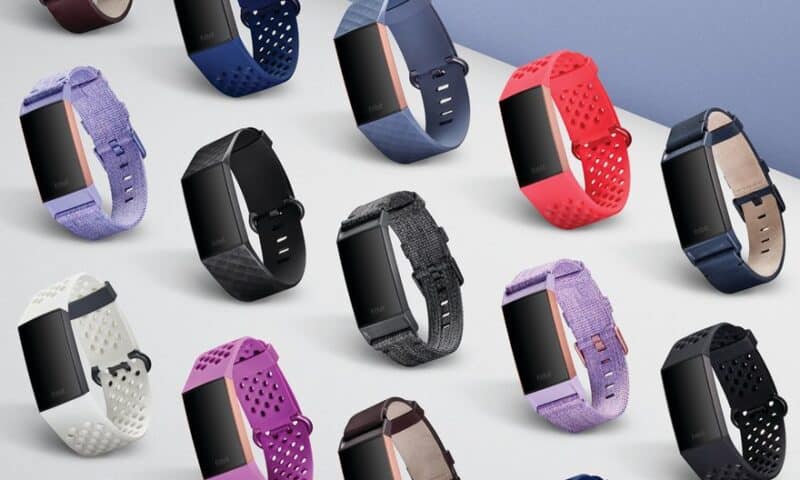Since launching a study to see whether its wearable activity trackers could pick up on the early signs of a COVID-19 infection, Fitbit has enrolled over 100,000 participants across the U.S. and Canada and is now delivering its first, preliminary results 90 days later.
That includes at least 1,100 users who have tested positive for the novel coronavirus. By tracking subtle changes in a person’s heart rate, breathing, physical activity and quality of sleep, Fitbit aims to develop an algorithm that can highlight potential cases before symptoms start.
So far, the company said its devices have been able to detect nearly half of COVID-19 cases at least one day before the participant reported any of the disease’s symptoms, such as fever, cough or muscle aches.
The algorithm, still under development, worked with 70% specificity, or a 30% rate of false positives. However, the program could prove valuable in prompting people to seek COVID-19 testing earlier, and to isolate themselves sooner to avoid transmitting the virus.
“As researchers, we are always working to find a balance between sensitivity (alerting people who may be sick) and specificity (the ability to identify people who are healthy), as there are trade-offs to both,” wrote Conor Heneghan, director of Fitbit’s algorithm research, in a company blog post. “We will continue to work with the clinical and public health communities to evaluate different models for developing this technology to ensure the optimal balance.”
Specifically, Fitbit’s trackers were able to show that as symptoms begin, a person’s heart rate and breathing become more frequent overall—however, the variability in time between each heartbeat drops, resulting in a more steady pulse.
These metrics were best tracked at night, while the body is at rest, with early warning signs being detected nearly a week ahead in some cases, Heneghan said.
In a preprint manuscript (PDF) posted on MedRxiv, the company detailed how it trained artificial intelligence algorithms to predict if a person was sick on any given day, by comparing respiration logs and changes in heart rate to the previous four days—as well as whether a person may need to be hospitalized based on the symptoms they reported, plus their age, sex and body-mass index.
The study, which has yet to be peer-reviewed, found that 11% of people who tested positive for COVID-19 displayed no symptoms, and that 8.16% required treatment in a hospital, with less than 0.5% needing a ventilator.
More severe outcomes were linked with being older, male and having a high BMI—and symptoms such as shortness of breath and vomiting were more likely to predict the need for hospital care compared to sore throats and stomach aches, the company said.
“We’re also seeing that the most common symptom reported by individuals with COVID-19 was fatigue, which was present in 72 percent of participants reporting having COVID-19,” Heneghan said. “This was followed by headache (65 percent), body ache (63 percent), decrease in taste and smell (60 percent), and cough (59 percent). Of note, fever was present in just 55 percent of people reporting COVID-19, an indicator that temperature screening alone may not be enough to understand who might be infected.”

